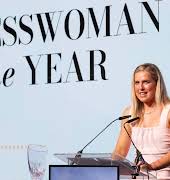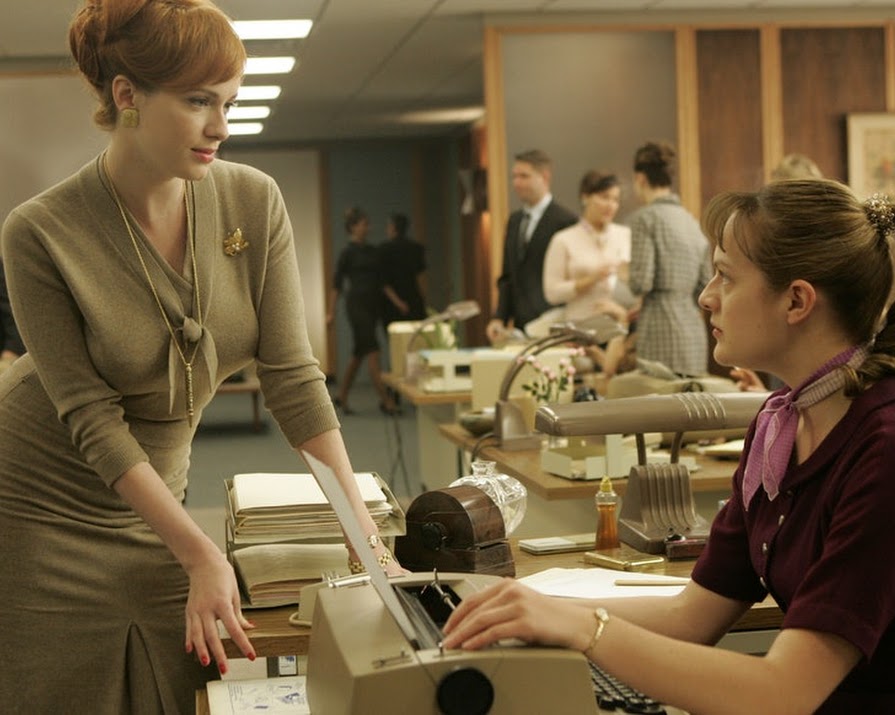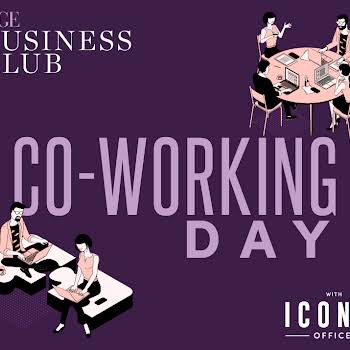By Grace McGettigan
10th Mar 2020
10th Mar 2020
Everything from the layout of your office to the colours on the walls can impact your productivity. Here’s everything you need to know
Whether you’re an employee or a business owner, your office space might be jeopardising your productivity (and that of your company). Everything from the layout of your office to the colours on the walls can impact our efficiency. By making small adjustments, work rate and output can be significantly increased.
Open-plan doesn’t work for everyone
The Larkin Administration Building in New York was the first open-plan office in the world. Its architect Frank Lloyd Wright set a precedent, and over the last 100 years, offices around the globe have followed suit. But just because it’s the norm, doesn’t mean it’s the best. The layout tends to seat employees in one large space, with senior management in private, surrounding offices; much like in AMC’s Mad Men.
According to a study published by the Association for Psychological Science, employees in open-plan offices have been found to have lower levels of concentration and motivation. Worse still, they’ve been found to have higher levels of stress and tend to take more sick leave as a result.
The researchers suggest workers spend so much energy filtering out noise and distractions that their focus on work becomes hindered. Lead scientist, Gregory A. Laurence, says open-plan office workers can also suffer from emotional exhaustion, partly due to the lack of privacy available to them, as well as the sense of being watched.
Where changes to office layout are not financially feasible, subtle changes can improve an employee’s motivation and focus. Decorating your desk with personal items (such as photos or children’s drawings) can give workers a greater sense of ownership and control over their space.
“Individuals may consciously (or subconsciously) take comfort from the items with which they surround themselves at work. These items may help employees to maintain emotional energy in the face of distractions and low privacy,” Laurence explained.
Air quality impacts work quality
Research at Harvard and Syracuse Universities shows if you improve the air quality at work, you improve productivity. They tested employees under two conditions; one was a typical office environment, the other had improved ventilation and decreased levels of carbon dioxide in the air. Results showed workers in the greener, cleaner environment performed 61% better on cognitive tasks than in the standard office conditions. What’s more, when the ventilation in the green office was further increased, productivity was boosted by more than 100%.
Where windows are limited and the purchasing of air purifiers is too expensive, it’s worth investing in office plants. Dr Chris Knight from Exeter University says when plants are brought into offices (one plant per square metre) employee performance and memory retention improve substantially. Writing about his study, he said, “What was important was that everybody could see a plant from their desk. If you are working in an environment where there’s something to get you psychologically engaged, you are happier and you work better.”
Office lighting makes a difference
Do you sit near a window at work? If so, stay there. A study published by the Journal of Clinical Sleep Medicine found natural light can improve your sleep by 46 minutes every night, as well as your daily productivity. “There is increasing evidence that exposure to light during the day, particularly in the morning, is beneficial to your health via its effects on mood and alertness,” said neurologist Phyllis Zee, author of the study. Unfortunately, the same can’t be said for harsh, artificial lighting. Fluorescent lights, which are found in most offices, can cause eye strain and act as a trigger for migraine sufferers.
If it’s not possible to sit near a window, consider turning off the bright, overhead lights in favour of something less glary. Standing lamps, for example, can create a more ambient environment while also reducing eye strain. The more comfortable you are, the better you’ll work.
The power of colour
What colour are the walls in your office? If they’re white, it’s time to repaint. According to researcher Nancy Kwallek at the University of Texas, white walls give off a sterile or clinical feeling, like that in a doctor’s office. She says this creates a cold and isolated feeling, which is not conducive to productivity. Certain colours elicit particular emotions; some better than others. Soft blue and green tones ease stress and anxiety, creating a happy environment to work in. This gives rise to optimism and creativity among workers, and greater productivity as a result. Yellow is also good for boosting happiness in the office, while red tones can increase momentum in fast-paced roles.
Photo: Mad Men, AMC
Read more: The Pitch is back. Is this your year to win up to €100,000 for your business?
Read more: How to create a home office in a small space (and with limited levels of concentration)
Read more: What to do when you’re the only woman in the room






















